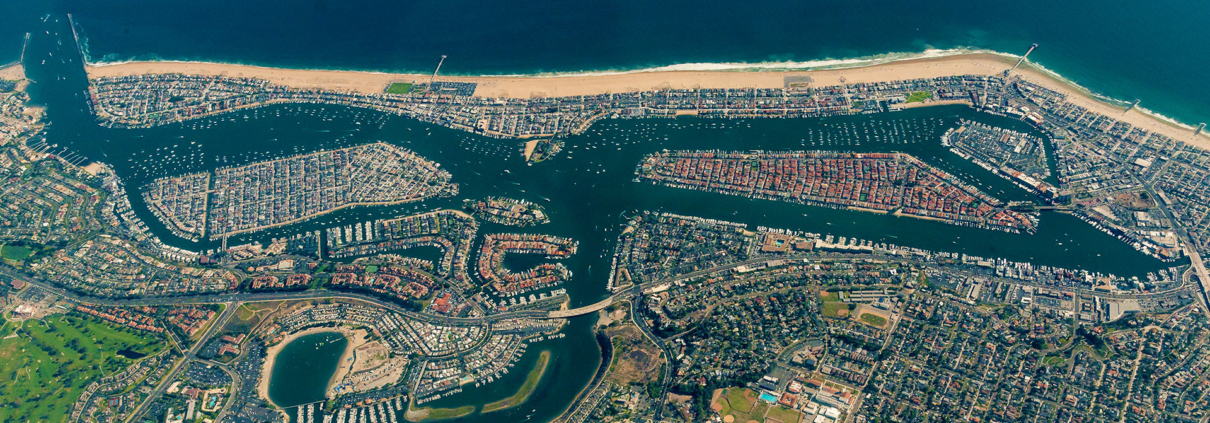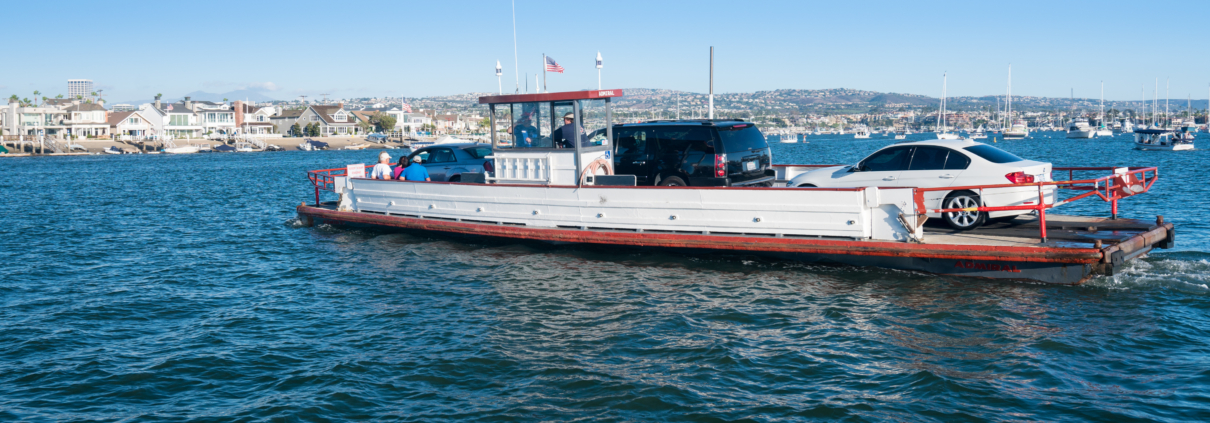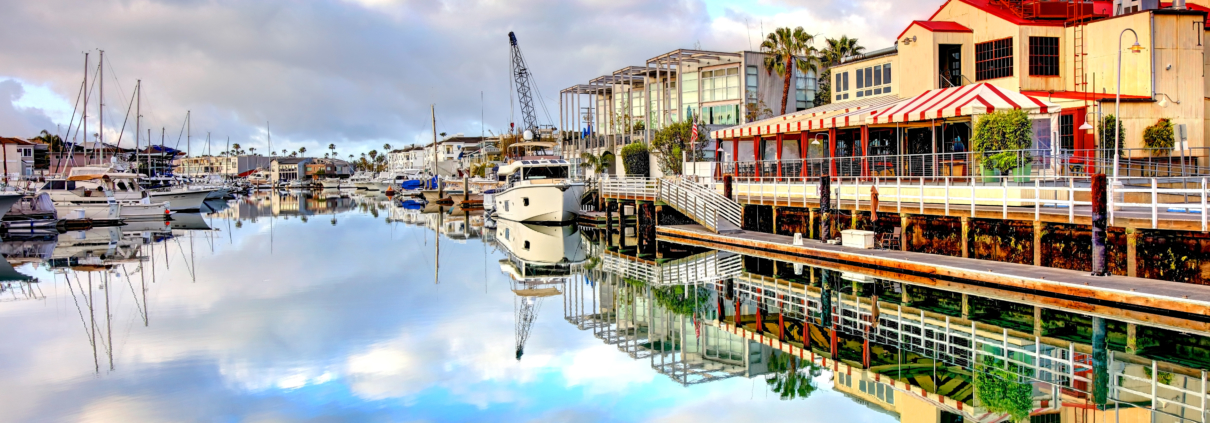California Insider Show
California’s 100-Year-Old Ferry Is on the Verge of Shutdown | Seymour Beek
Siyamak Khorrami sits down with Seymour Beek, president of Balboa Island Ferry, one of Southern California’s oldest family-owned businesses. Today he will discuss the new rules in California aimed at reducing emissions and how they will impact small businesses.
“CARB made a rule that all short run fairies in California had to be zero emission by 2026. We consume an average of 26 gallons of fuel a day. You’re not gonna save the world by making us go zero emission,” Mr. Beek said. “They haven’t really examined the consequences of the rules they’re making. It’s extremely challenging, extremely expensive.”
Ep542 California’s 100-Year-Old Ferry Is on the Verge of Shutdown | Seymour Beek





Leave a Reply
Want to join the discussion?Feel free to contribute!